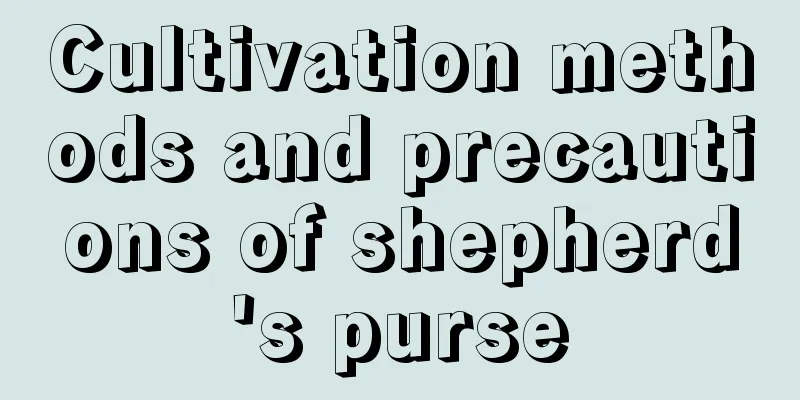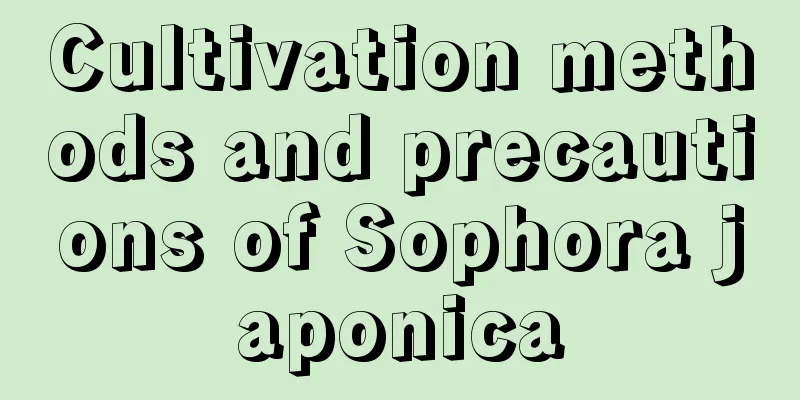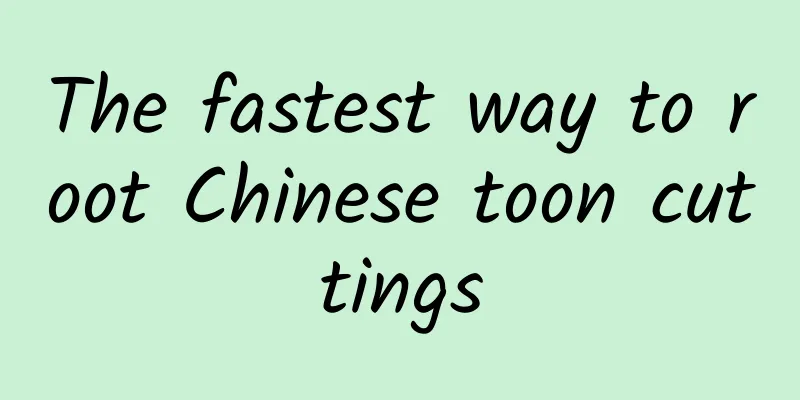Cultivation methods and precautions of shepherd's purse

1. Maintenance methods1. Temperature: It is not heat-resistant, and the germination temperature range is between 20 and 25 degrees; the maintenance temperature should be controlled below 30 degrees. The temperature in summer is relatively high. If it is a plant maintained in the open field, it needs to be watered more to achieve the purpose of cooling. If it is cultivated indoors, it can be temporarily moved to a cool place for maintenance. It is cold-resistant and will not be harmed even in temperatures as low as minus five degrees Celsius. 2. Watering: The seedlings have a great demand for water and need to be watered every other day. Each time you water, make sure the soil is thoroughly watered to avoid water accumulation in the soil. 3. Fertilization: In addition to base fertilizer, it also requires top dressing. If the plants are sown in spring and summer, the growing period is relatively short, so generally two top dressings are sufficient. If the plants are sown in autumn, the growing period is relatively long, so four times of top dressing are required. If the plants are maintained in the open field, generally 1,500 kilograms of human and animal manure and urine are needed for 700 square meters. 4. Light: It does not have strict requirements on light, and four or five hours of light a day will be enough. If it is a plant grown indoors, it should be placed in a sunny place to avoid insufficient light. 2. Breeding techniques1. Reproduction: It can be propagated by sowing. The spring breeding time is in late February each year, the summer sowing time is in July, and the autumn sowing time is in September. The sowing density is 1.5 kg per 700 square meters. When sowing, you need to scatter the seeds evenly, then gently step on the soil with your feet to press the seeds into the soil. The seeds will germinate in about a week. 2. Weeding: In order to prevent weeds from competing with plants for nutrients, weeding is required at regular intervals. In addition to weeding, inter-row cultivation can also be carried out. When tilling, the soil should be slightly shallow to avoid damaging the new roots of the plants. 3. Problem Diagnosis1. Pests: The number one pest of the plant is aphids, which mainly absorb its branches and leaves, causing the leaves of the plant to turn yellow and curl. If you find aphids, you can spray them with aphid repellent. 2. Disease: In areas with relatively high temperature and humidity, plants are more susceptible to downy mildew. The main symptom is the appearance of small light green spots on the leaves of the plants. There will be a grayish-white mold layer on the back of the diseased leaves, which will turn yellow in dry weather. If the weather is relatively humid, the leaves will rot. Downy mildew is mainly caused by fungal infection and requires spraying with mancozeb. IV. Other issues1. Edibility: It is edible. 2. Toxicity: non-toxic. |
<<: Cultivation methods and precautions of flat peaches
>>: Green olive cultivation methods and precautions
Recommend
Cultivation methods and precautions of Panax notoginseng flower
1. Maintenance methods 1. Soil: It grows best in ...
Do orchids need to be watered during the acclimatization period? How to water them?
1. Do orchids need to be watered during the accli...
What does the blooming of the orchid indicate?
1. Will it bloom? It is a famous ornamental plant...
Management of wheat during winter
As the temperature gradually decreases, the growt...
Does Endless Summer Hydrangea prefer shade or sun?
Does Endless Summer Hydrangea prefer shade or sun...
Is Fragrant Wood Toxic?
1. Is it toxic? I just want to tell all my friend...
Is Hibiscus suitable for growing at home?
Can I grow hibiscus at home? The answer is yes. A...
How to propagate peony
1. Seed propagation Choose healthy and full seeds...
The difference between acacia seeds and acacia beans
1. Leaf Difference The leaves of Abrus precatoriu...
How to water Phalaenopsis in winter
How to water in winter Phalaenopsis is a typical ...
Which Chinese medicinal herbs have good prospects for planting (analyzing the varieties with the best market benefits)
Which Chinese medicinal herbs are the most profit...
Can walnut trees be pruned in spring? How should they be pruned?
1. Can be trimmed Walnut trees can be pruned in t...
How to make Clivia grow side buds? What to do if it doesn't grow side buds?
1. Replace the potting soil It likes soil contain...
The flower language and legend of the peach tree
The Flower Language of Peach Blossom The flower l...
What flowers are suitable for growing in Changji? What are the city flowers and trees?
1. Climate characteristics of Changji Changji has...









